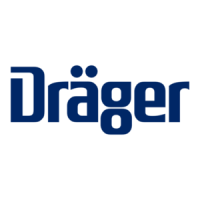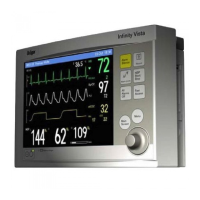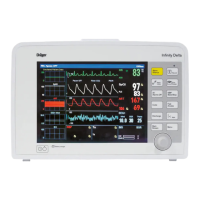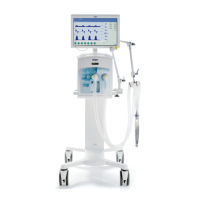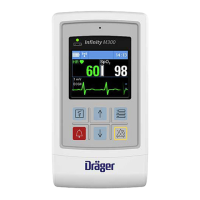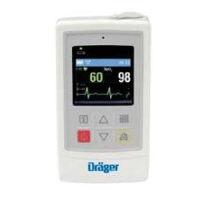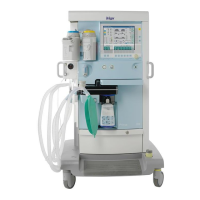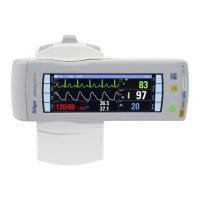ABOUT THE ARRHYTHMIA TEMPLATE
VF8 DELTA/DELTA XL/KAPPA 9-3
About the Arrhythmia Template
After you connect ECG cables to the patient, the monitor begins to learn that patient's
reference template based on its identification of the patient’s dominant QRS pattern.
While the monitor is in the learning phase, all arrhythmia alarms and trend collection
are suspended. The abbreviation LRN appears in the parameter box, and the message,
Relearning appears in the local message area. This learning phase normally takes 30
to 40 seconds. If the monitor detects more than 100 QRS complexes and less than 16
matching beats, it displays the message Unable to learn. However, the monitor
continues trying to learn the patient’s dominant QRS pattern.
Once the patient's reference template is learned, the monitor removes the learning
messages and initiates arrhythmia alarms and trend collection. Subsequent individual
beats are classified by comparing them to the patient's learned reference template. In
the third and final phase of arrhythmia processing, the monitor compares sequences of
valid beats with the template.
Beat and Rhythm Classification
Beat classification refers to the analysis of individual beats. If a new beat’s features do
not match those of the reference template, the new beat is classified as abnormal,
paced, or questionable. The monitor uses all detected beats to calculate the heart rate,
eliminating questionable beats from arrhythmia classifications.
Rhythm event classification refers to the analysis of sequences of beats. The monitor
compares the sequence of the last eight beats with the sequences stored in the
monitor’s memory. If it detects two or more events simultaneously, the monitor
alarms in order of event priority uses the event priority to determine which alarm
condition to initiate.
The following table describes available event and beat classifications. Items in this
table are ordered based on their event priority:
Label Event and Beat Classification
ASY Asystole: 4 seconds pass without the detection of a valid QRS complex
VF Ventricular Fibrillation: The monitor identifies a sinusoidal waveform with fibrillation
characteristics1
VT Ventricular Tachycardia: N or more PVCs are detected in a time interval
T = (60 * (N - 1)) / R, where N is defined as the VT count and R is defined as the VT
rate1,2
RUN Ventricular Run: Series of 3 to N-1 consecutive PVCs with a beat-to-beat rate the VT
rate1,2
AIVR Accelerated Idioventricular Rhythm: Series of 3 or more PVCs with a rate less than the
VT rate2
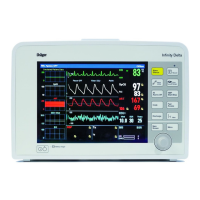
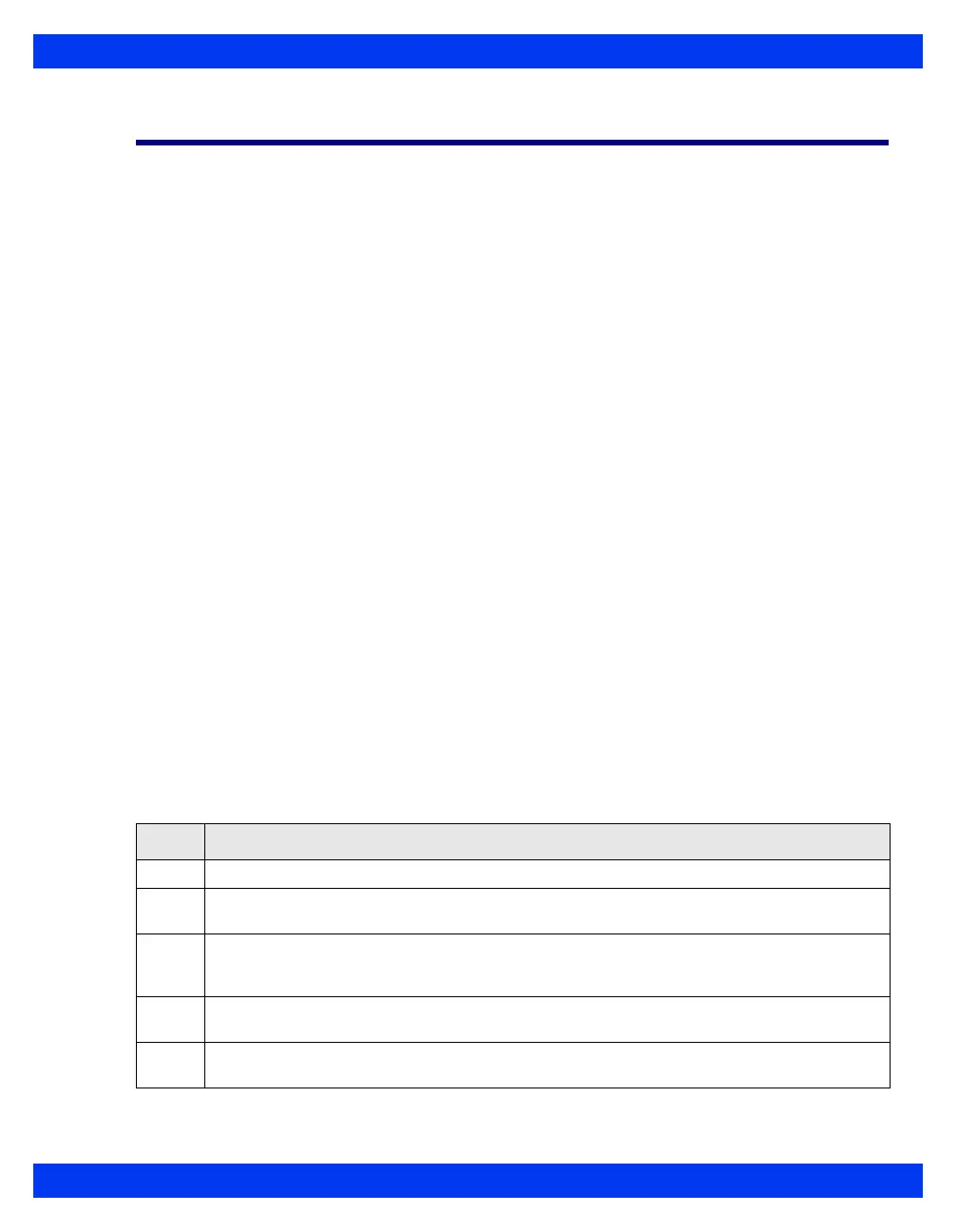